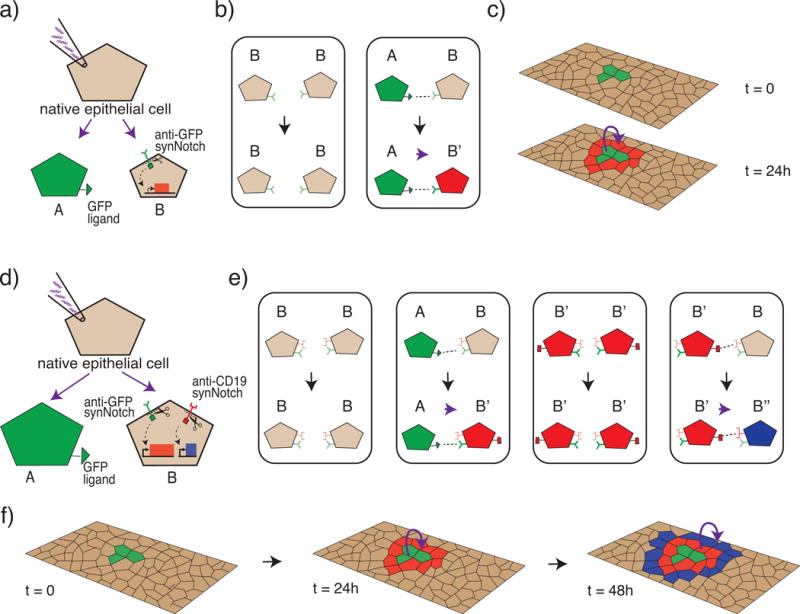Figure 2. Engineering cell-cell communications rules in epithelial cells produces precise single-cell thick concentric ring patterning.

Shown is a schematic representations of results we wish to highlight from Morsut et al. [19]. a–c) Single ring patterning. a) Native epithelial cells are genetically engineered to create a sender cell (A) and receiver cell (B). The sender cell presents a GFP ligand on its surface while the receiver cell contains a synthetic receptor system (synNotch) with an anti-GFP sensing domain and a response domain capable of activating transcription of mCherry, a red fluorescent protein. b) A lookup table governing the rules of the engineered communication system, similar to those in a cellular automaton [62]. When B is near B, B remains unchanged. When A is near B, B changes state to B″. c) Schematic of how the system self-organizes in a multicellular context with an island of sender (A) cells in a field of receiver (B) cells. Receiver cells in the direct vicinity of sender cells change state and fluoresce red, while receiver cell further away remain unchanged. d–f) Double ring patterning. d) In a more complex example, the receiver cells are engineered with two synNotch pathways. The anti-GFP synNotch system from the first example is modified such that activation induces both red fluorescence and the production of a surface ligand (CD19) designed to serve as the ligand for a second synNotch system; the second synNotch system has an anti-CD19 sensing domain and a response domain capable of activating the transcription of tagBFP, a blue fluorescent protein. e) Look up table of rules governing this more complex system. When B is near B, B remains unchanged. When A is near B, B changes state to B′. When B′ is near B′, B′ remain unchanged. When B′ is near B, B changes state to B′. f) Schematic representation of the self-organization in a multicellular context with an island of sender cells (A) in a field of receiver cells (B). Receiver cells in the direct vicinity of sender cells change state, fluoresce red, and express the CD19 ligand. Receiver cells in the direct vicinity of cells expressing the CD19 ligand, change state and fluoresce blue.
